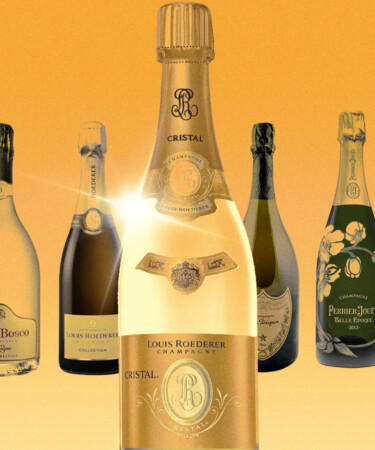Unless you’ve been living under a rock for the past several decades, you’re probably aware of Cristal. One of the most widely known Champagne brands on the market, you may have first heard it referenced in a song on the radio, or recognized its distinct appearance in a wine shop or nightclub. Either way, there’s no denying that this prestigious bottle of bubbly has made its mark on pop culture.
So what makes this Champagne so special that celebrities and wine enthusiasts alike swoon over it? Well, the history of this storied cuvée goes back to 1876, when the Louis Roederer Champagne house created a specific wine to meet the demands of Russian Tsar Alexander II. He requested that the estate reserve its best cuvée for him each year, and also had some peculiar requests when it came to packaging. (The bottle had to have a flat bottom and the glass had to be clear so the paranoid tsar could be sure no one had planted a bomb inside of it — hence the name Cristal.)
Cristal was first commercially released in 1945, and to this day the wine remains in its signature unique packaging that continues to draw in drinkers. The modern iteration of the Champagne is typically a blend of around 40 percent Chardonnay and 60 percent Pinot Noir aged for six years in Louis Roederer’s cellars and left in the bottle for an additional eight months after disgorgement. This results in an elegant, well-balanced Champagne that boasts a silky texture, citrus notes, and a distinct mineral quality. But as one of the most esteemed and expensive tête de cuvée Champagnes on the market — with an average price of $400 — Cristal is inaccessible to most consumers.
So if you want a similar experience without the hefty price tag or are just looking to switch up your luxury Champagne selection this year, we’ve assembled a list of bottles to try in lieu of Cristal. These wines either present a similar flavor profile, have a comparable level of prestige, or boast a flashy bottle reminiscent of Cristal’s signature look. Read on to uncover nine worthy alternatives to Cristal.
Champagne Louis Roederer Collection 244 NV
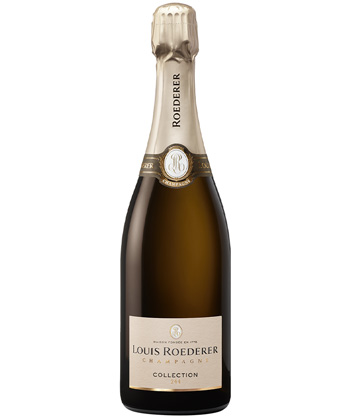
Just because you don’t splurge on a bottle of Cristal doesn’t mean you can’t enjoy any wine from the historic Louis Roederer Champagne house. For less than a fourth of the price, you can try out one of the family-owned estate’s more accessible cuvées like this non-vintage bottling that retails for about $70. It’s a complex blend of the three major Champagne grapes with 54 percent coming from the 2019 harvest and the rest coming from the estate’s reserves. It has a great density on the nose and palate with hints of pastry dough and pear, lifted by active bubbles and mouth-watering acidity.
Dom Pérignon 2013
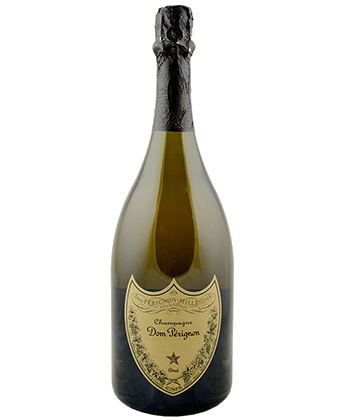
If one name in Champagne rivals Cristal for the title of most well known, it’s Dom Pérignon. Like Cristal, this tête de cuvée bottling from the Moët & Chandon house is only made in the best vintages, and represents the pinnacle of high-quality Champagne for the estate. While it’s no bargain, this bottle can be found for around $250, which gets you a similar level of prestige at a considerably lower price tag than Cristal.
Perrier-Jouët Belle Époque Brut 2014
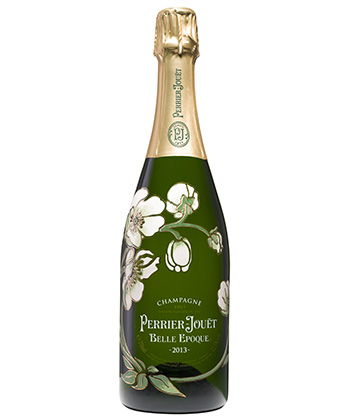
If Cristal’s dazzling appearance is what you’re after, then this beautifully painted bottle from Perrier-Jouët is one to look out for. The stunning flower-adorned glass is sure to captivate anyone you’re looking to impress. What’s more, the blend and aging process for both wines are quite similar, resulting in a bright and crisp Champagne with some added complexity from the time in bottle.
Savart Premier Cru ‘L’Accomplie’ Brut NV
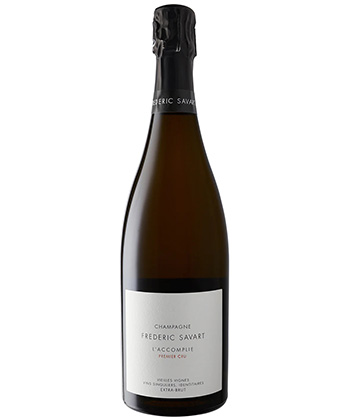
If you’re a Champagne lover who enjoys the big names like Cristal, but are looking to dive deeper into the region’s terroirs, check out the wines of Frédéric Savart. Champagne Savart has established itself as one of the leading producers of the grower Champagne movement, so the wines still carry a certain cachet but are considerably more affordable. The L’Accomplie bottling is 80 percent Pinot Noir and 20 percent Chardonnay, offering a grape composition similar to Cristal’s Pinot-dominant blend. The limited production and commitment to terroir demonstrated in Savart’s wines will give you a whole new set of material to go off of when boasting to your friends.
Laherte Frères ‘Ultradition’ Extra Brut NV
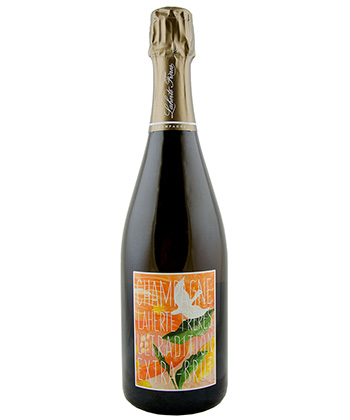
This eye-catching bottle from Laherte Frères is sure to turn as many heads as a bottle of Cristal — and only for the incredibly reasonable price of about $55. It’s a blend of the three major Champagne grapes and is partially fermented in old oak barrels, which brings some richness to the wine. The nose has vibrant fruit-forward aromas and the palate is expertly refined — offering a surprising complexity for the price.
Jacquesson Extra Brut Cuvée 744 NV
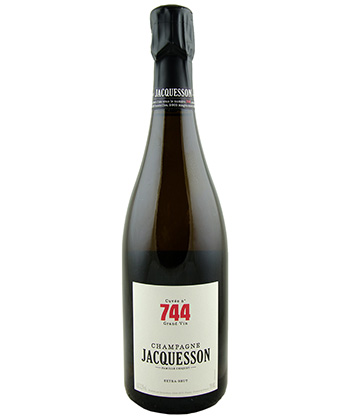
Jacquesson is both a historic Champagne house and an artisanal grower-producer, so it can score you some major points with both camps. In addition to being a popular pick among in-the-know wine enthusiasts, Jacquesson’s non-vintage wines provide an incredible value for the price. This particular bottling is based on the 2016 vintage and was aged on the lees for 48 months and saw some oak aging, resulting in a rich wine with impressive depth. Expect concentrated notes of orange blossoms, peaches, and green apples supported by hints of almonds, brioche, and cream.
Veuve Clicquot La Grande Dame 2015
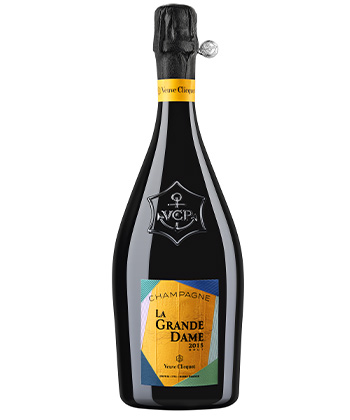
Another wildly popular Champagne is, of course, Veuve Clicquot. But if you want something a bit more luxurious than their classic yellow label, spring for the vintage La Grande Dame expression. Named for the pioneering Madame Clicquot herself, this bottle certainly has enough history behind it to rival Cristal. And as a bonus, the wine is delightfully expressive with notes of candied pineapple, pear, and brioche that are amplified by a bracing acidity and assertive perlage.
Champagne Billecart-Salmon Nicolas François 2008
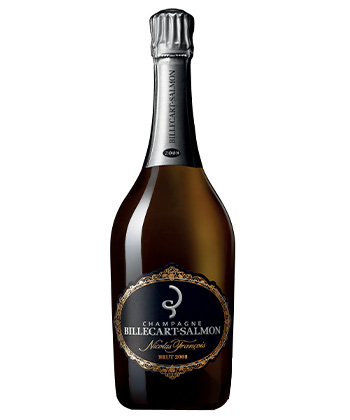
This bottle from renowned Champagne house Billecart-Salmon exudes opulence through its silver and gold-adorned label. This particular cuvée was created in 1964 as an homage to the estate’s founder, blending grand crus from the classified Côte des Blancs vineyards (Chardonnay) and the Montagne de Reims (Pinot Noir). The final blend is 60 percent Pinot Noir and 40 percent Chardonnay — the same as the 2015 Cristal — and is aged on the lees for 150 months, partially in traditional oak casks. The result is a rich, concentrated, and age-worthy Champagne. Brimming with history, prestige, and character, this bottle ticks all the boxes as a worthy Cristal alternative. And although it will still cost you a pretty penny at around $250, it’s a great value for the quality and name.
Ca’ del Bosco Cuvée Prestige Brut Franciacorta NV
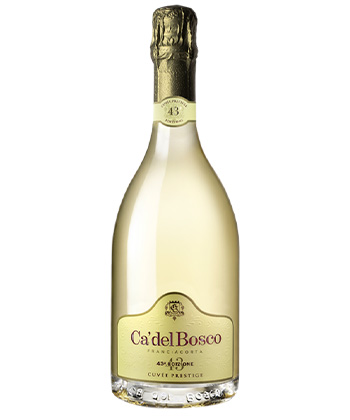
If you’re interested in going beyond the realm of Champagne, sparkling wines from Franciacorta in northern Italy provide a great bang for your buck. Unlike Prosecco, wines from Franciacorta are made in the same method as Champagne, giving them great complexity. This bottle from Ca’ del Bosco, a top producer in the region, boasts a crisp, silky palate with fresh pops of citrus fruit, and you can find it for around $40. Plus, if you’re really hell-bent on buying a sparkling wine in a clear bottle — this wine’s a total win.
*Image retrieved from Louis Roederer on Instagram
